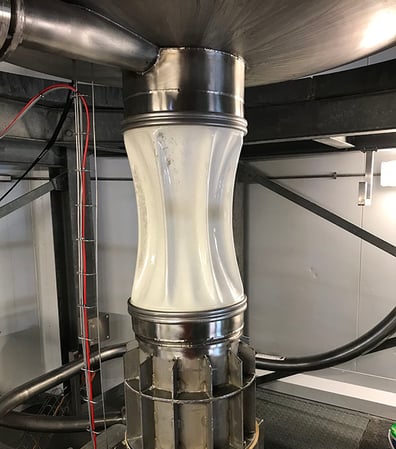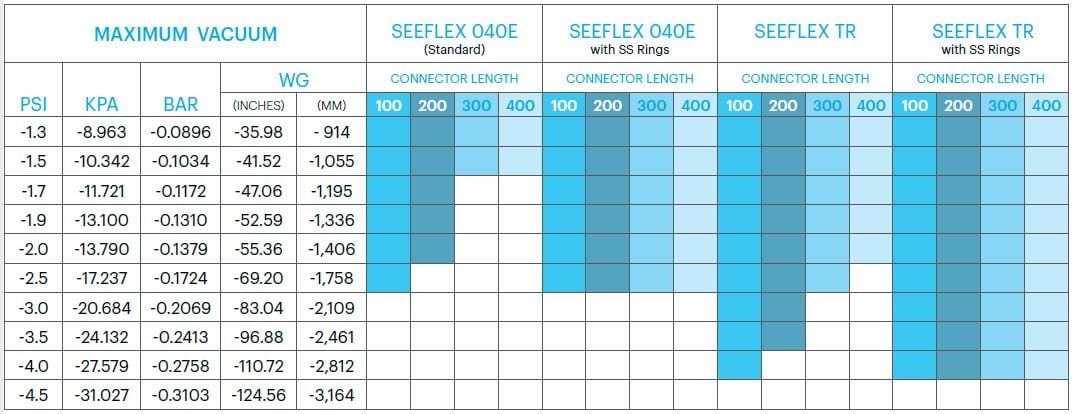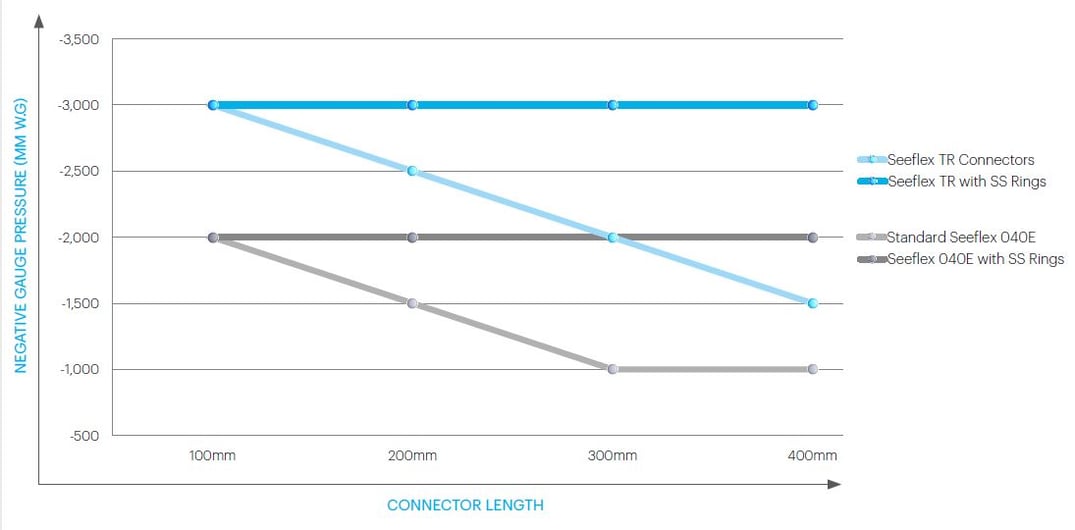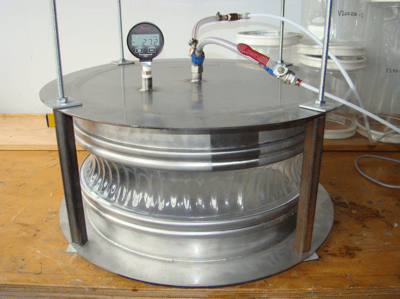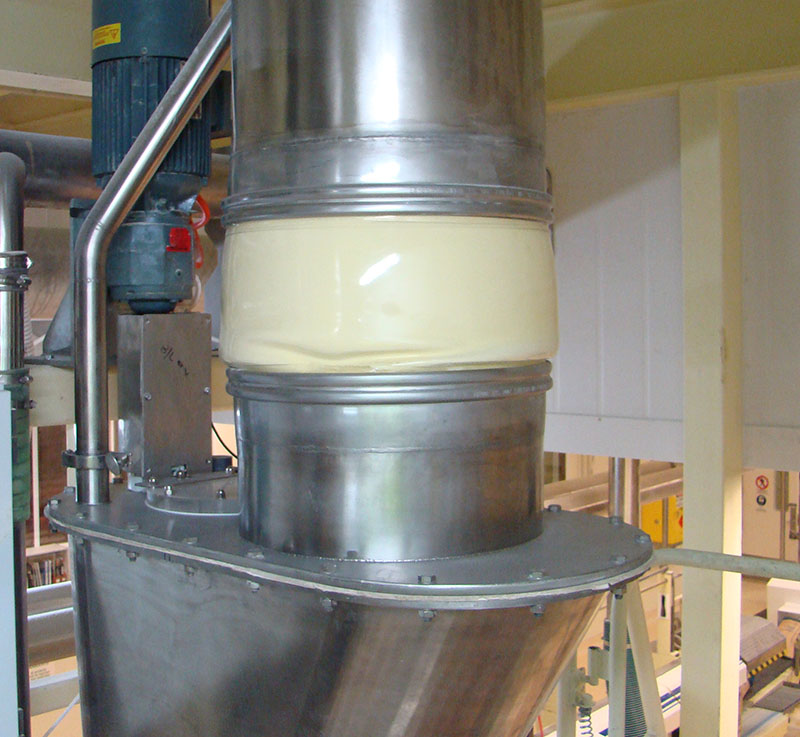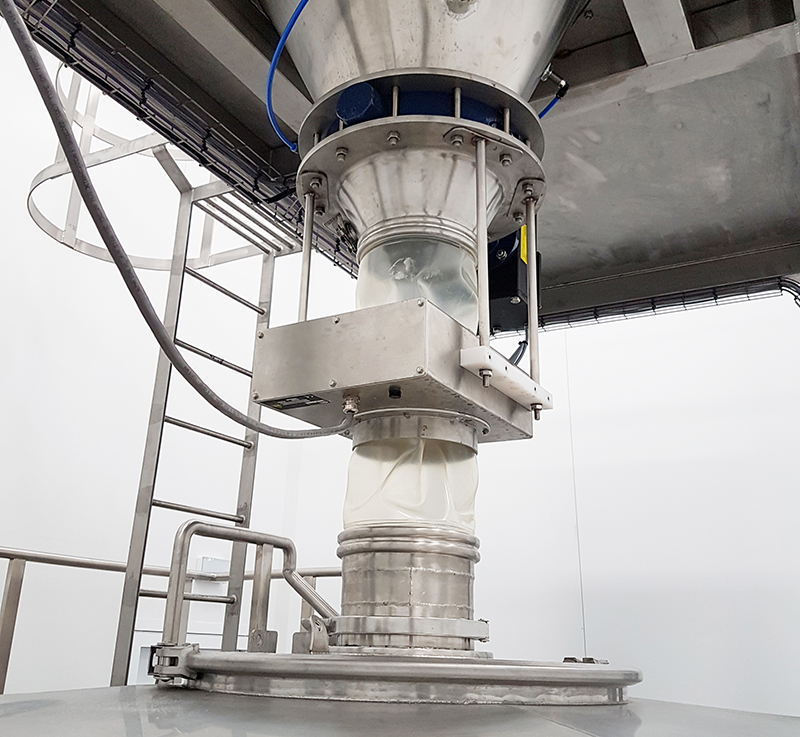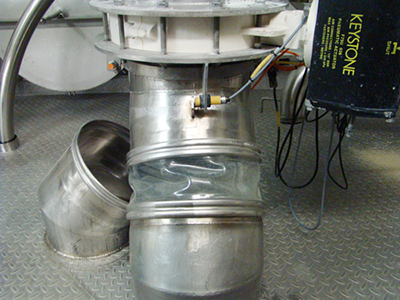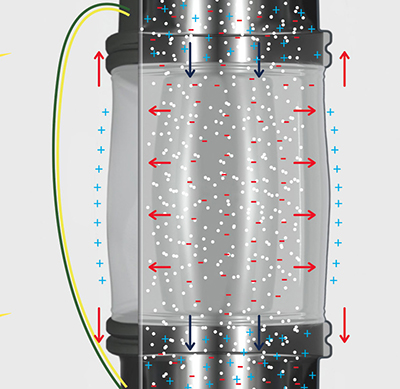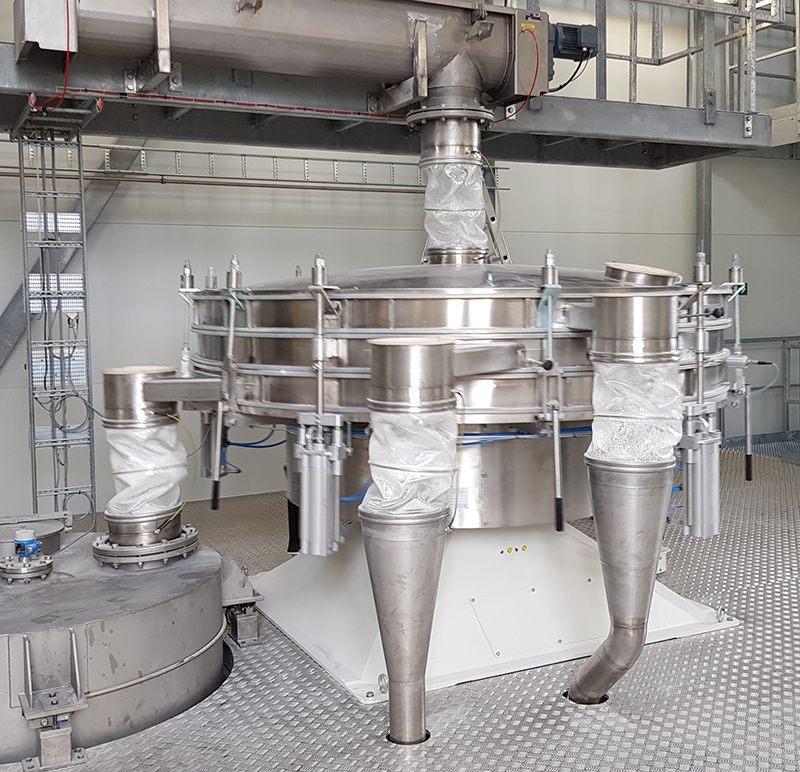BFM® fitting's 100% dust-tight seal helps you maintain your vacuum pressure, ensuring optimum product flow and hygiene.
Plants that are processing dry powdered-type products often run their equipment under slight negative pressure to avoid product leaking out of machinery and into the plant environment.
Whilst dust leakage into the factory is avoided using negative pressure, improperly sealed flexible connections can risk contamination from air ingress.
A leaky connector can also impact on productivity if used in conjunction with pneumatic vacuum conveying as they allow air to be sucked in from outside the pipes and reduce the efficiency of the product flow.
The snap-in cuff of the BFM® fitting system keeps the connector ends locked in place and means that it is ideal to use under negative pressure applications.
.webp)
